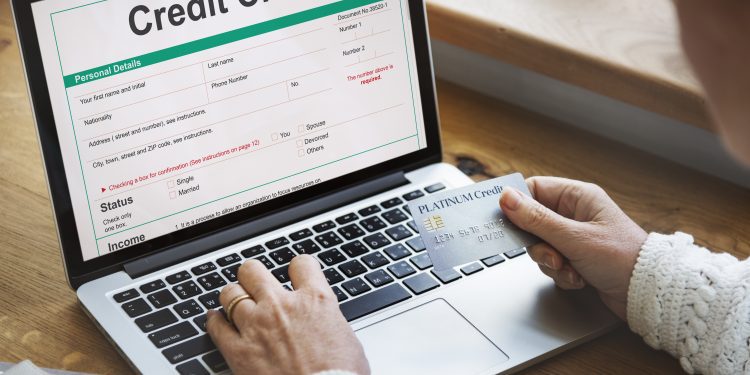The world went into a tizzy as COVID-19 became a public health crisis. In payments, buying habits shifted, and masks became the order of the day as e-commerce surged and contactless gained scale. Leisure spending shifted from travel to hunkering down. However, credit scores improved.
A CFPB blog takes a look at how scores improved because of three countermeasures used to protect household budgets:
- pandemic-era mortgage forbearances
- the federal student loan repayment pauses
- federal cash transfers
Surviving COVID Was Not Cheap
The CARES Act was costly. Our grandchildren and their children will pay for the bailout over the next 50 years. Remember the standards for the assistance, as reported by the Financial Services Committee:
- Individuals earning up to $75,000 will receive $1,200, plus an additional $500 for each child. Couples earning up to $150,000 will receive $2,400, plus an additional $500 for each child.
The New York Times reported the cost for individuals and families at a whopping $1.8 trillion. Count $700 billion for unemployment benefits, and that is a big nut, certainly filling consumer bank accounts with needed funds.
Credit Score Ranges Reviewed by CFPB
According to the blog, CFPB says, “We assigned consumers to five credit score bins as in other CFPB work characterizing borrower risk profiles: Deep Subprime (300-579); Subprime (580-619); Near-prime (620-659); Prime (660-719); and Superprime (720-850).
The CFPB Observation on Score Migration: Many Bads Got Better
Transitions out of the subprime credit score tier also became common during the pandemic. Before the pandemic, 37% of consumers with subprime credit scores remained in the subprime tier after one year, and 26% fell to the deep subprime tier. These shares fell to 35% and 22%, respectively, after the pandemic. Furthermore, the percentage of consumers transitioning to the near-prime tier increased from 28% to 30%; to the prime tier, eight percent to 11%; and, to the super-prime tier, from one percent to two percent.
In short, consumers put their payments to good use.
2023 Will Be Rocky
We still say the effects of COVID are not over, however. Central banks are toiling with record-high inflation. Interest rates are impacting credit cards, auto loans, and mortgages. Credit card issuers must keep their eye on the risk and refrain from reacting to credit score improvements as a recession looms. Instead, we say to temper the storm, tighten-don’t loosen- credit standards, and brush the dust off Secured Card programs because that will help the credit impaired. The subprime categories will be much better positioned as we go through a recession cycle and rebound.
Overview by Brian Riley, Director, Credit Advisory Service at Mercator Advisory Group.











